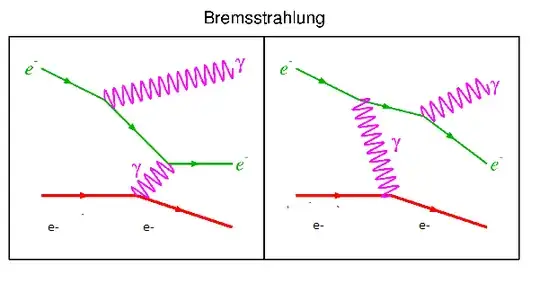To start with, accelerated frames are not inertial frames.
Secondly electrons and photons are elementary particles and are described in a quantum mechanical framework, where everything is particles and interactions of particles.
The blanket term "observer" has to be defined in terms of interactions, in order to be able to write down the mathematics of the system.
For an electron to be accelerated , it has to interact with a field and lose energy emitting a photon, as an example, in this diagram it is the field of another electron with which the upper electron interacts and radiates a photon:

But from point of view of the electron
Here the lower electron may be considered to start in its rest frame.
The whole diagram is Lorenz invariant, and the only thing that will be changing if one goes to the center of mass of the other electron , is how the energy is supplied to the photons.
In general photons do not disappear in Lorenz transformations, they may increase or decrease in frequency, decrease to the point of huge wavelengths which means that the light beam emergent from zillions such photons may have a wavelength the size of the universe and in the limit represent a static field.
